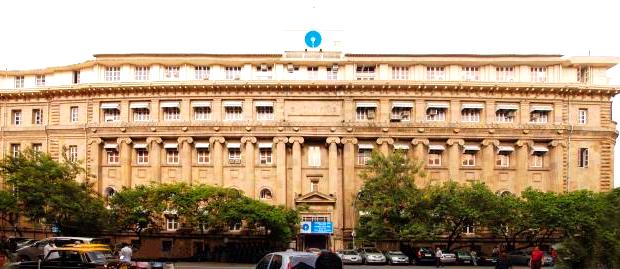India’s Bad Loan Problem Worsens, Up 35% In Just 9 Months

During his vote-on-account speech, Finance Minister P Chidambaram dwelled mostly on the achievements of the United Progressive Alliance (UPA) Government including the high growth rates achieved over the past decade.
However, it is clear, even to a casual observer, that growth in India has slowed down quite perceptibly and business confidence is down. Another evidence of the poor business environment can be seen in the mounting non-performing assets (NPAs) or bad loans of Indian banks - in percentage as well as absolute terms. Moreover, the sharp divergence in the performance of private and public sector banks also raises some questions on the effective functioning of the latter.
The total NPAs of the top 40 banks have risen by a sharp 35% over the past nine months. Gross bad loans of the top 40 banks added up to Rs 2.43 lakh crore on December 31, 2013. State Bank of India, the largest bank in the country, accounts for almost 28% of the figure – Rs 67,799 crore. In comparison, SBI’s net profit for the first nine months was Rs 7,850 crore.
Some other public sector banks such as United Bank of India and Bank of Maharashtra have fared especially poorly with NPA levels increasing to almost three times in the past nine months. On Friday, United Bank announced that its chairman & managing director (CMD) of the bank had resigned from her position.
While the past nine months have been bad for banks, the situation has been deteriorating for some years now. For public sector banks as a whole, the gross NPA level stood at 2.32% of advances at the end of March 31, 2011.
This figure had more than doubled to a whopping 4.82% of all outstanding loans by September 2013. For SBI and its associate banks, the number is 5.91% - poorer than the average. If SBI is excluded, the NPA figure for the other banks stands at a less nasty 4.34%.
The position of public sector banks seems to be poor in general compared to their counterparts in the private sector. For instance, the gross NPA level for SBI stood at 5.73% on December 31, 2013. This means that of every Rs 100 loaned out by the bank, loans worth Rs 5.73 are currently considered doubtful/bad.
The corresponding figure for the top private sector lender, ICICI Bank, was 3.05%. Gross NPA levels for three other large private sector lenders – HDFC Bank, Axis Bank and IndusInd Bank – stand between 1-1.25%. Clearly, even in a worsening scenario, better risk management can make a significant difference.
The performance of state-owned banks should be of some concern to the tax payer. If a private sector bank suffers losses in the course of its business, shareholders take the hit, in theory at least. In case of public sector banks, the Indian public is the shareholder. Second, if a bank’s balance sheet has taken a big hit, it will need to be recapitalised by the Government, which holds these shares. This money would go out of the Government’s budget/taxpayer pockets.
India is said to have escaped the worst of the global financial crisis because our lenders were more conservative, possibly because of their public sector ownership. But looking at the overall picture, it seems we are headed towards a banking crisis of our own.


